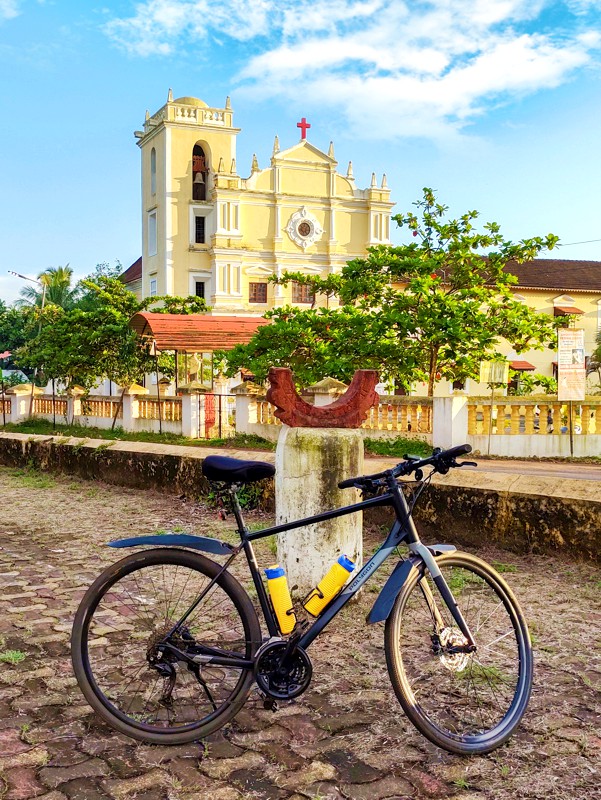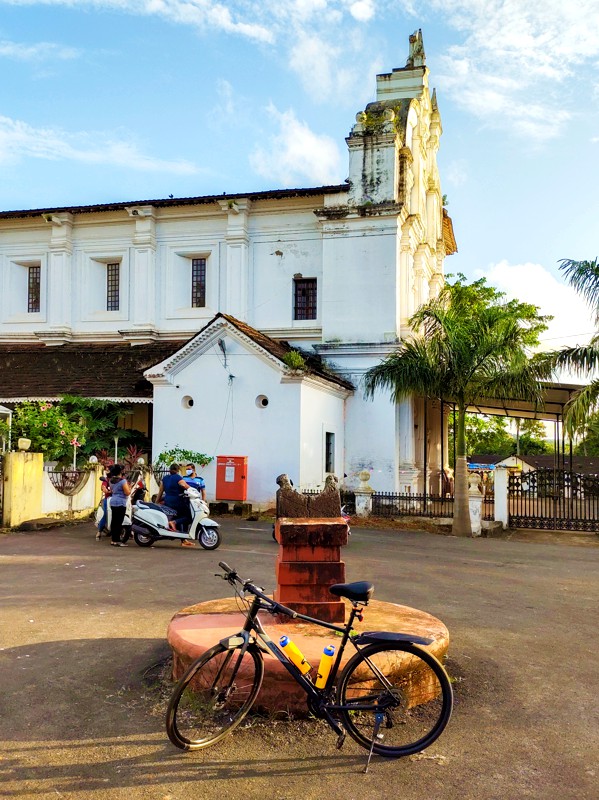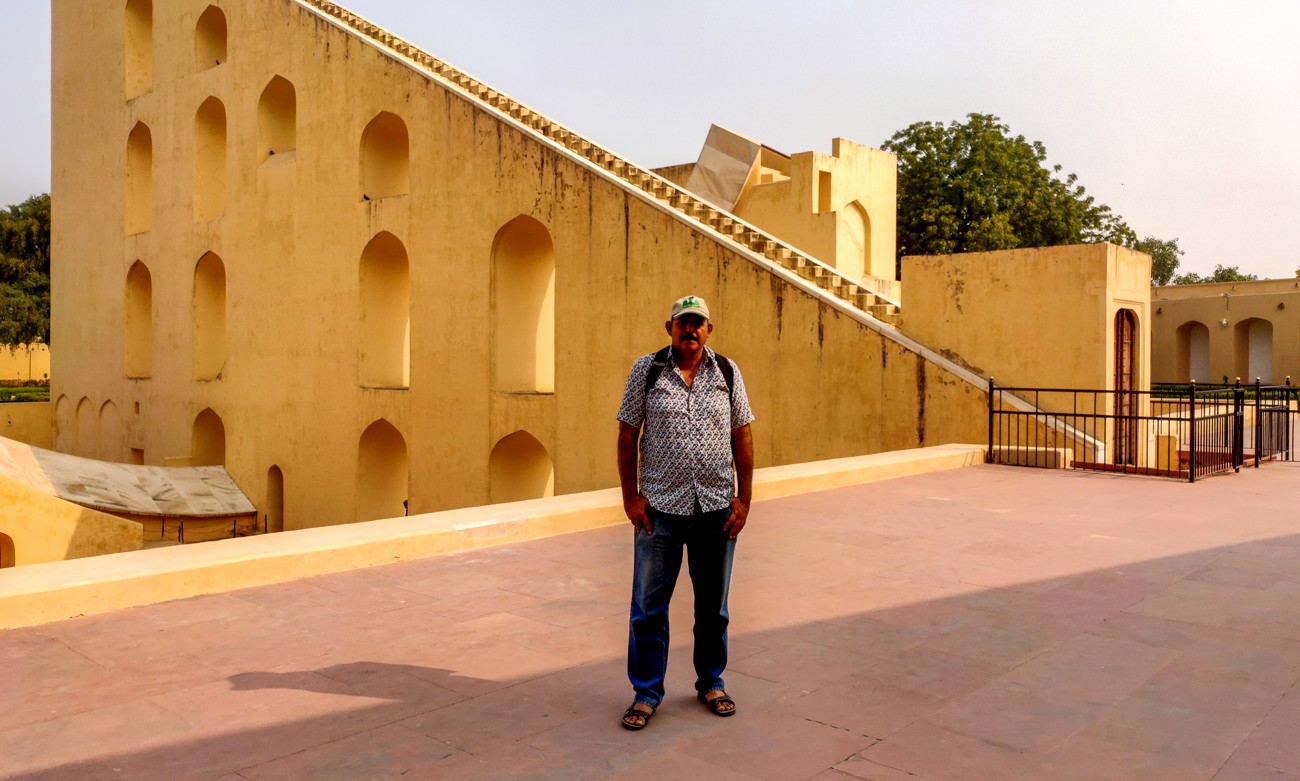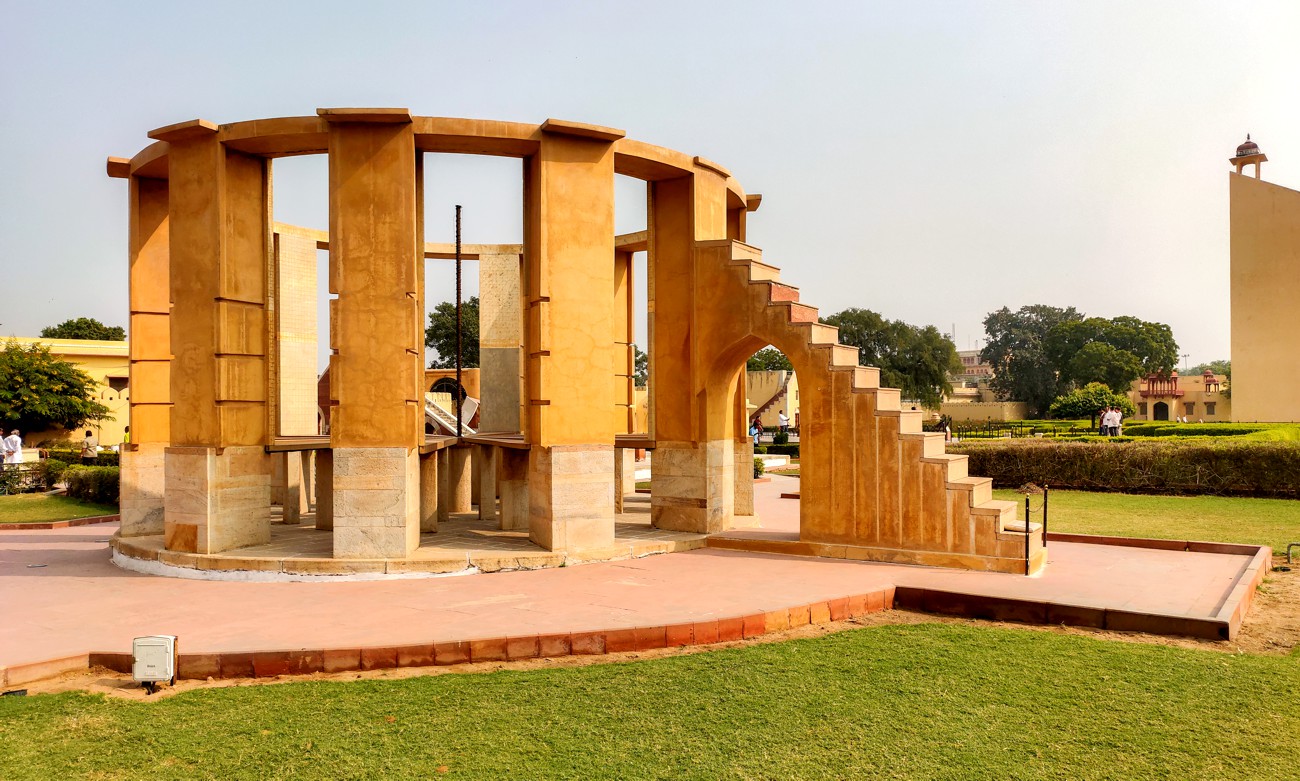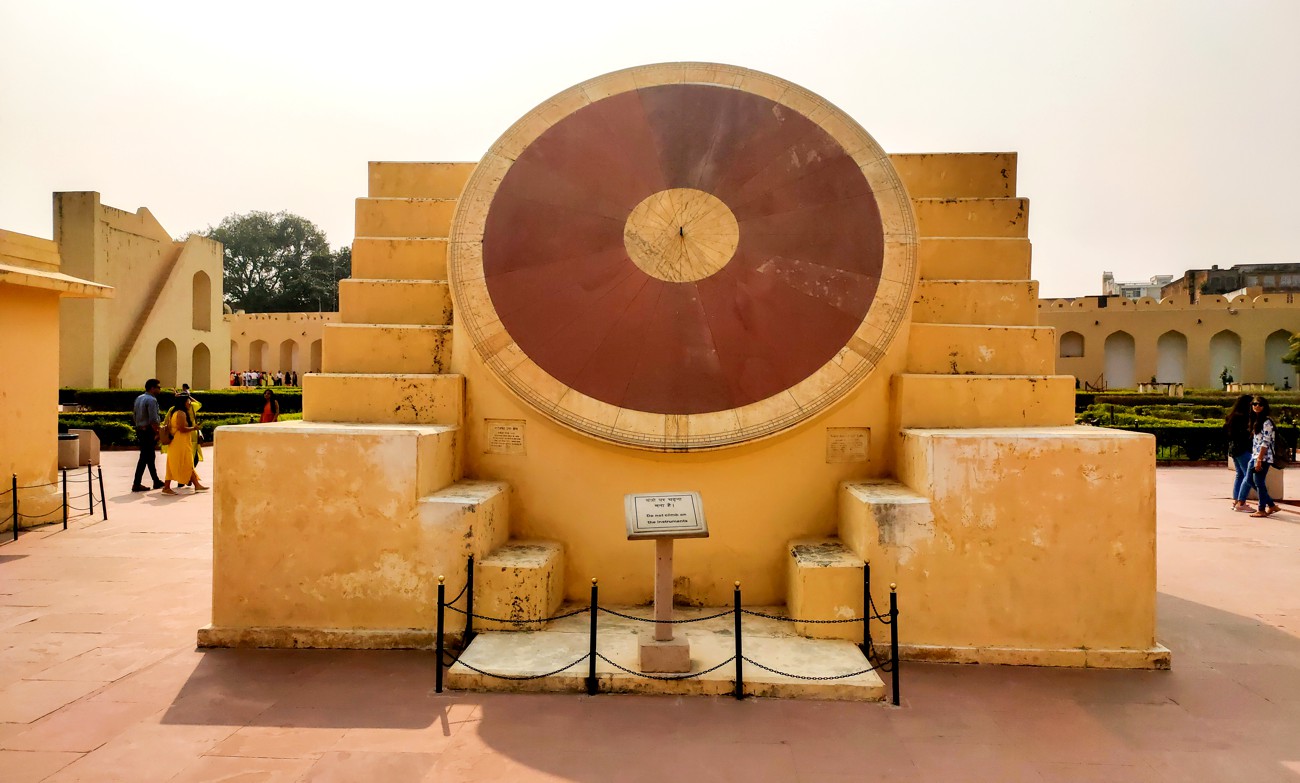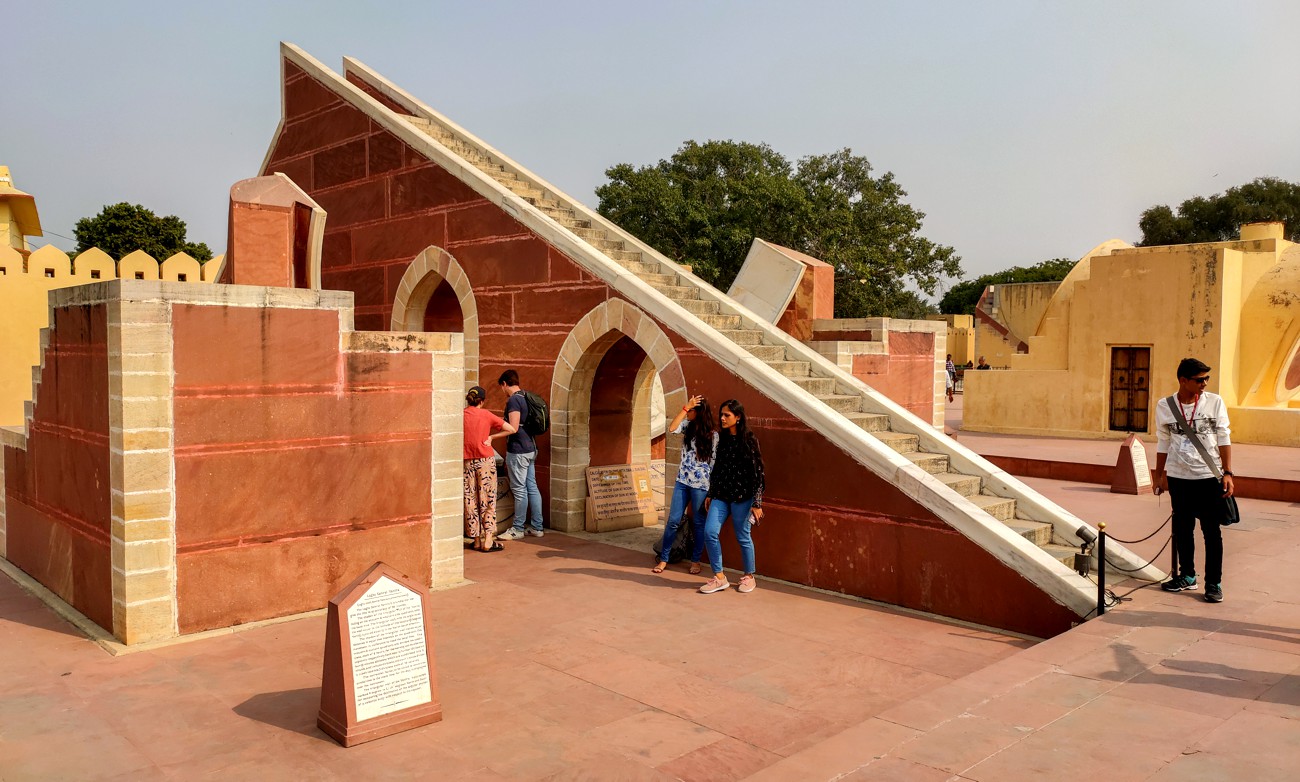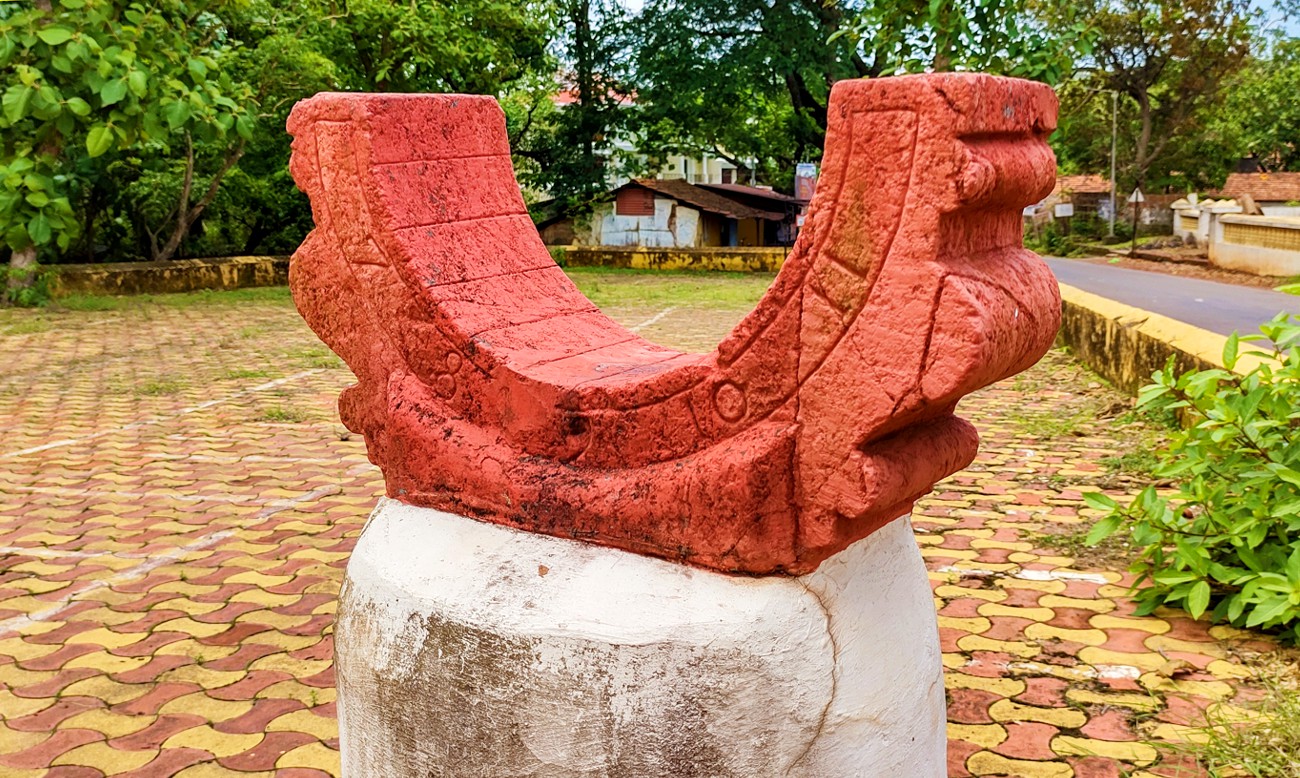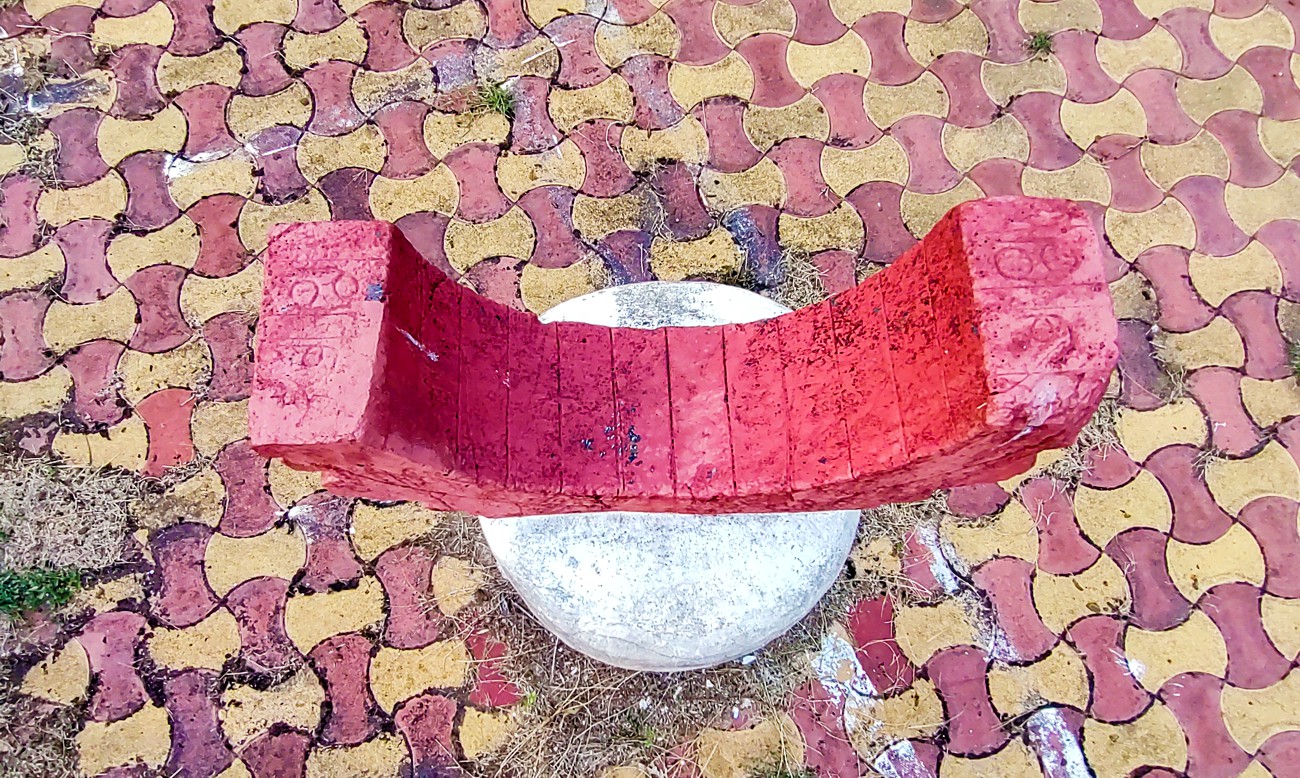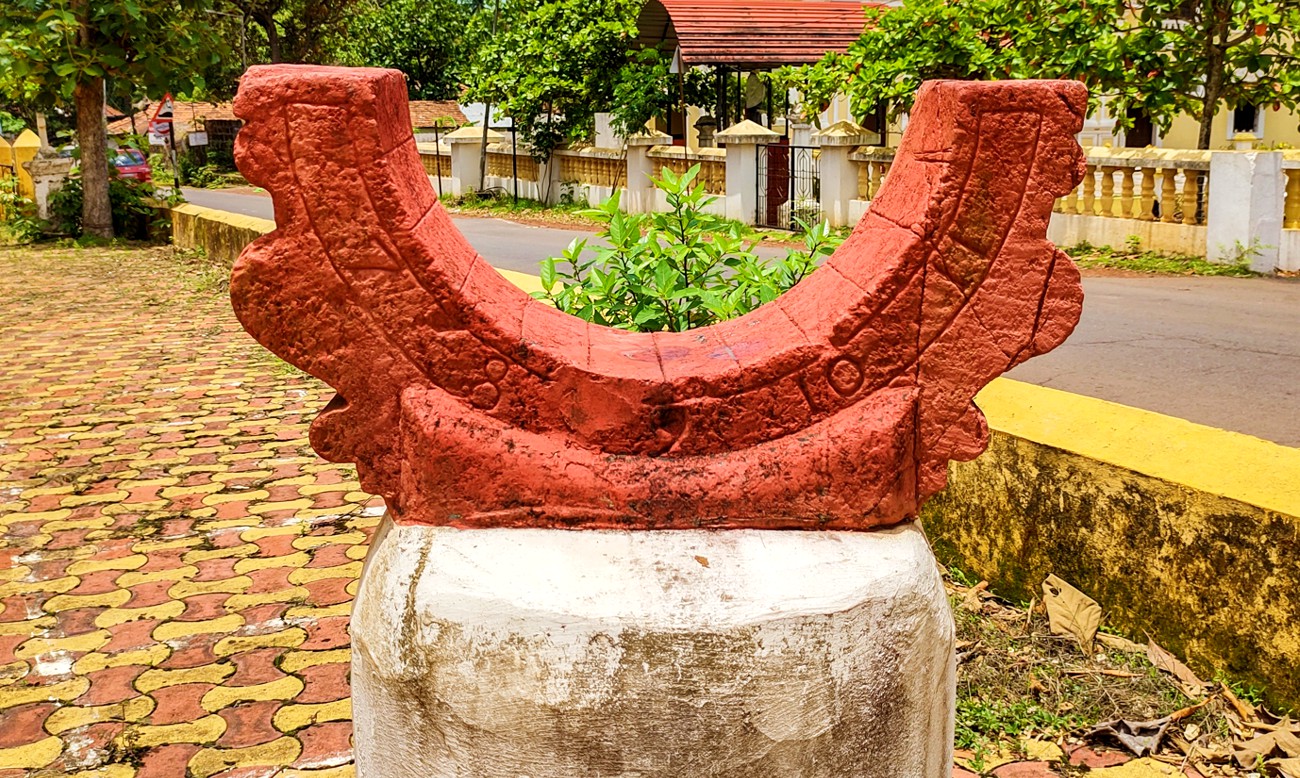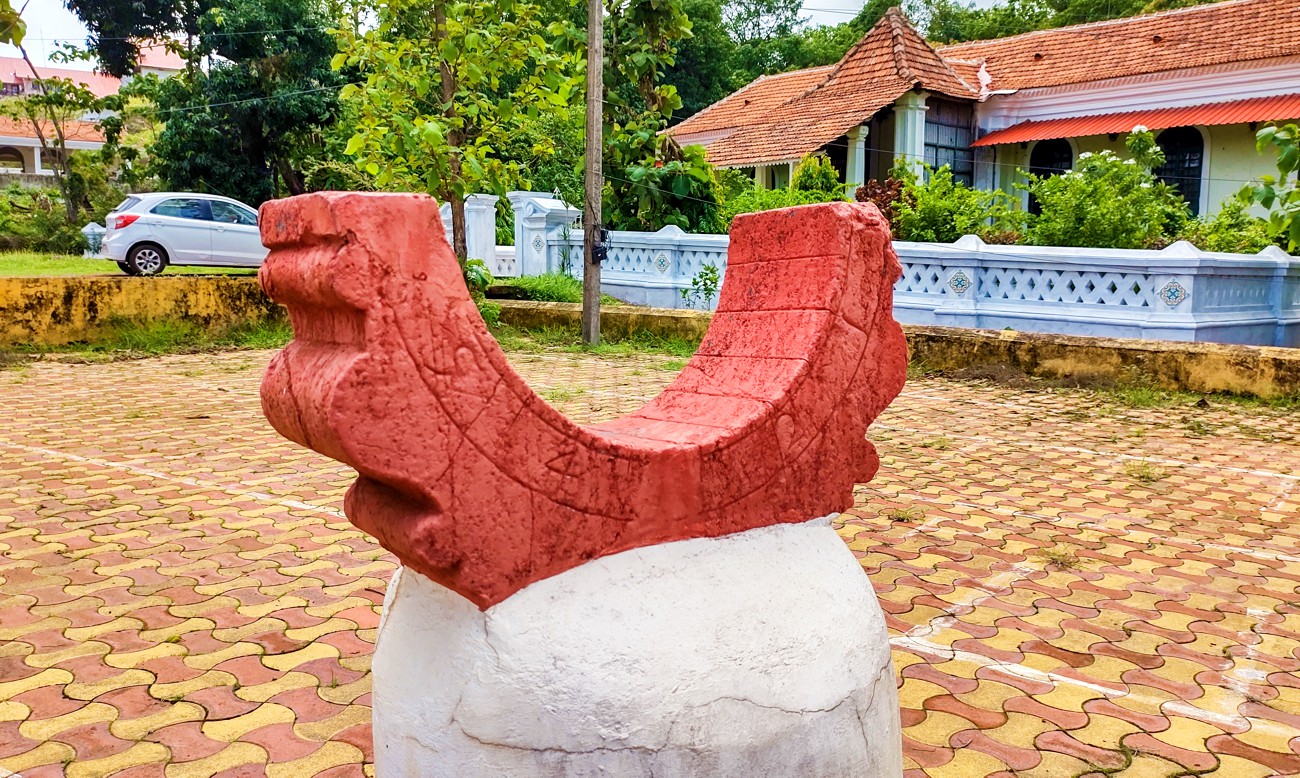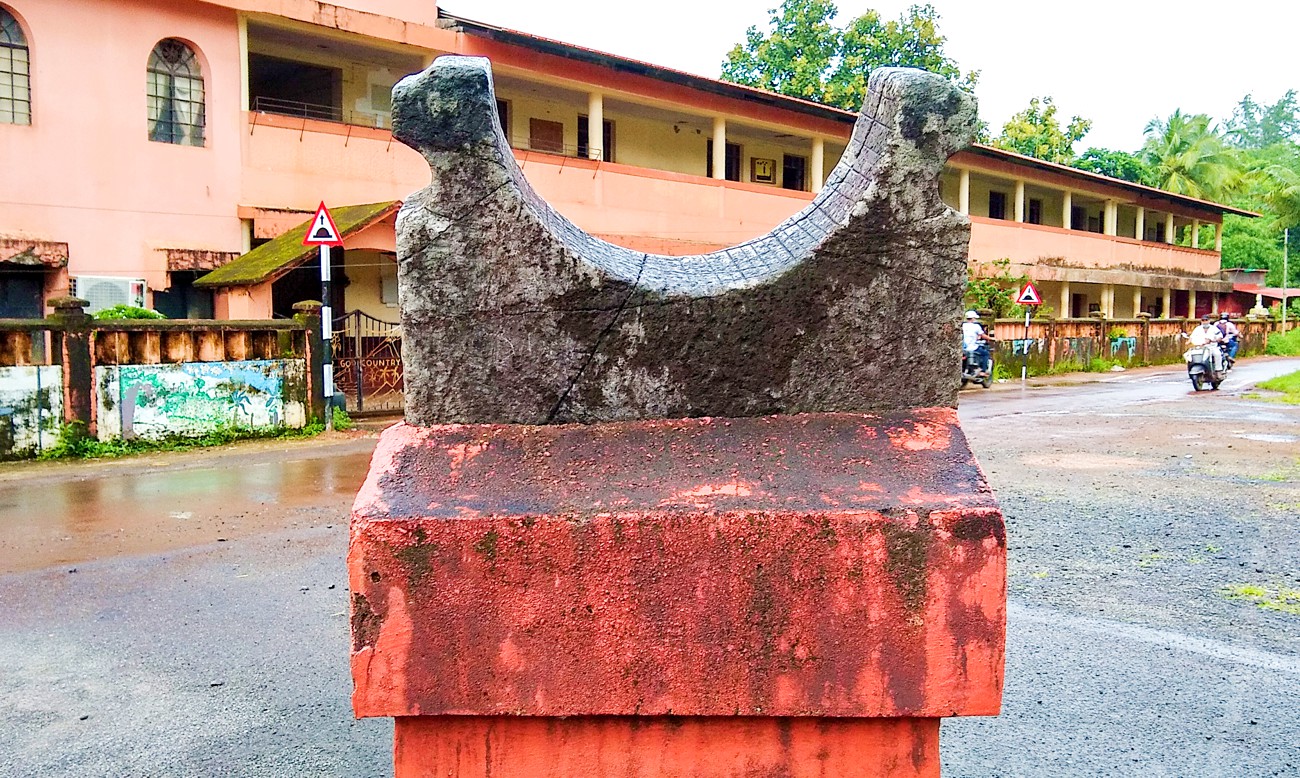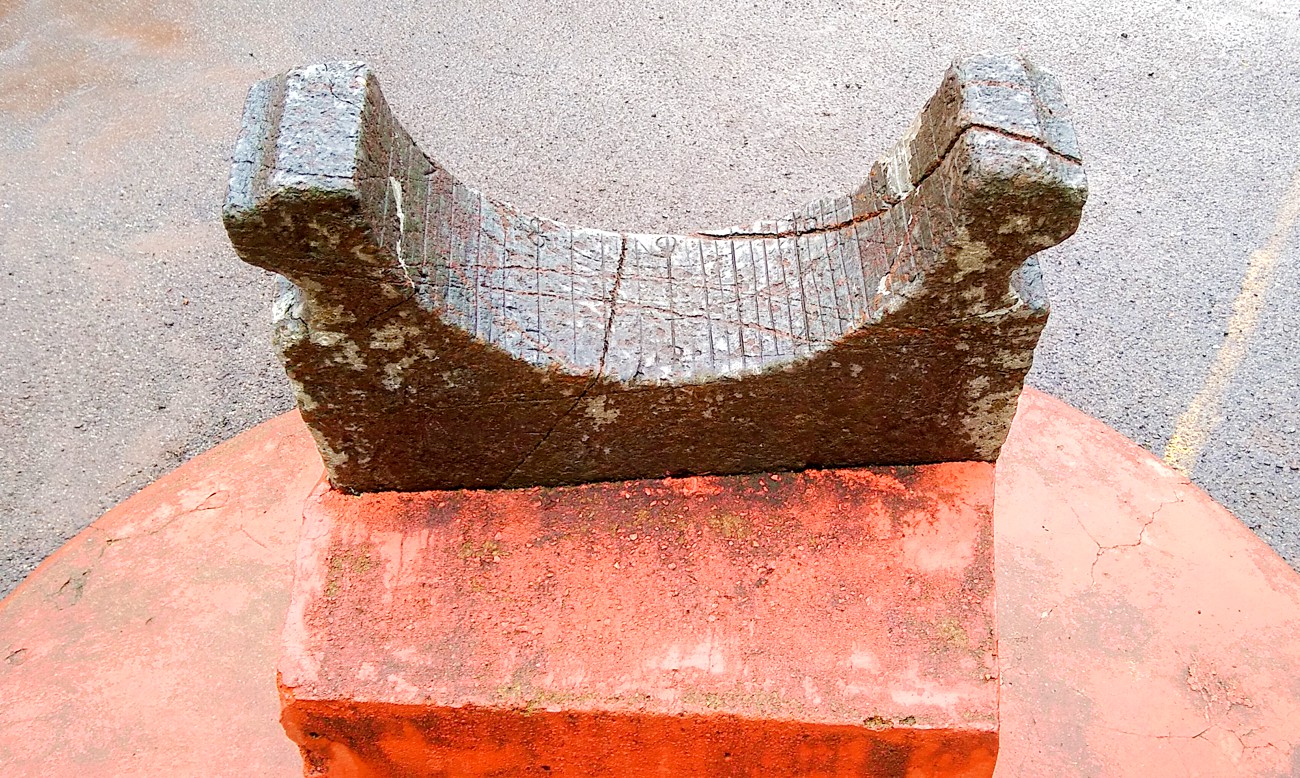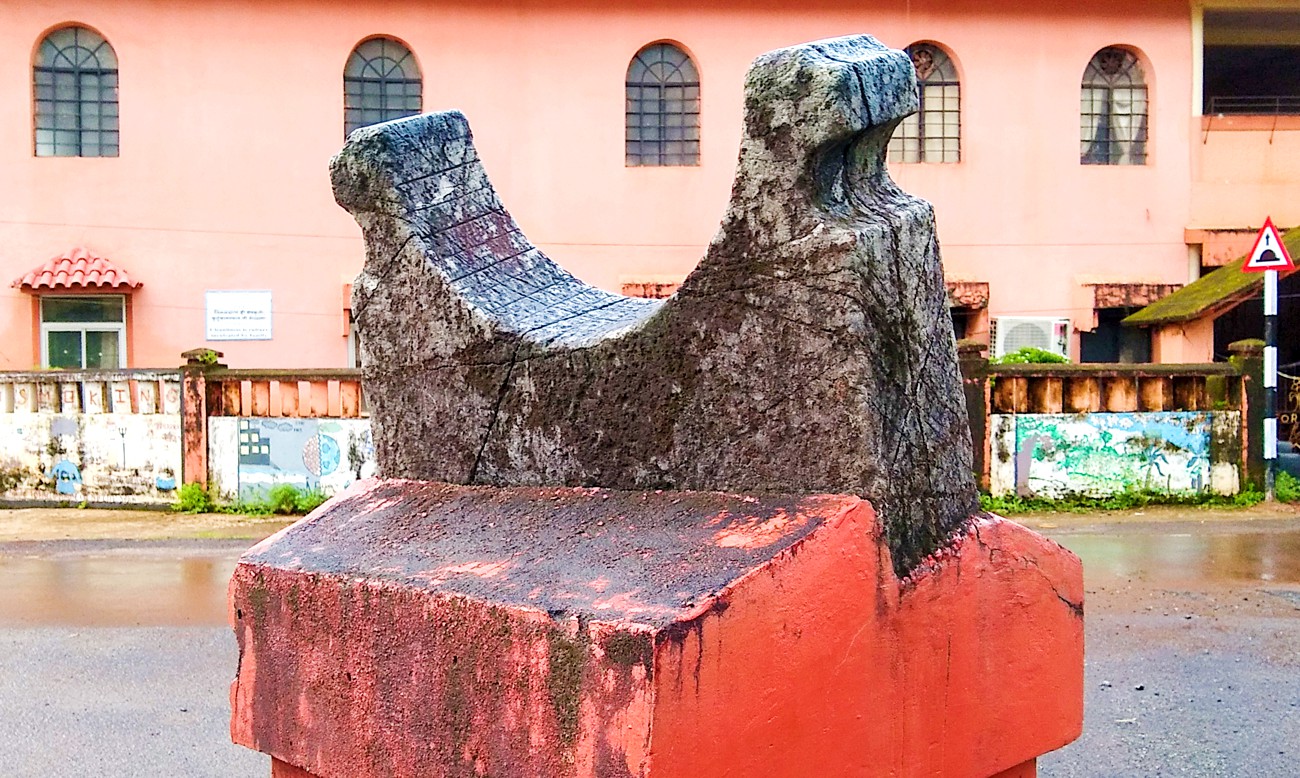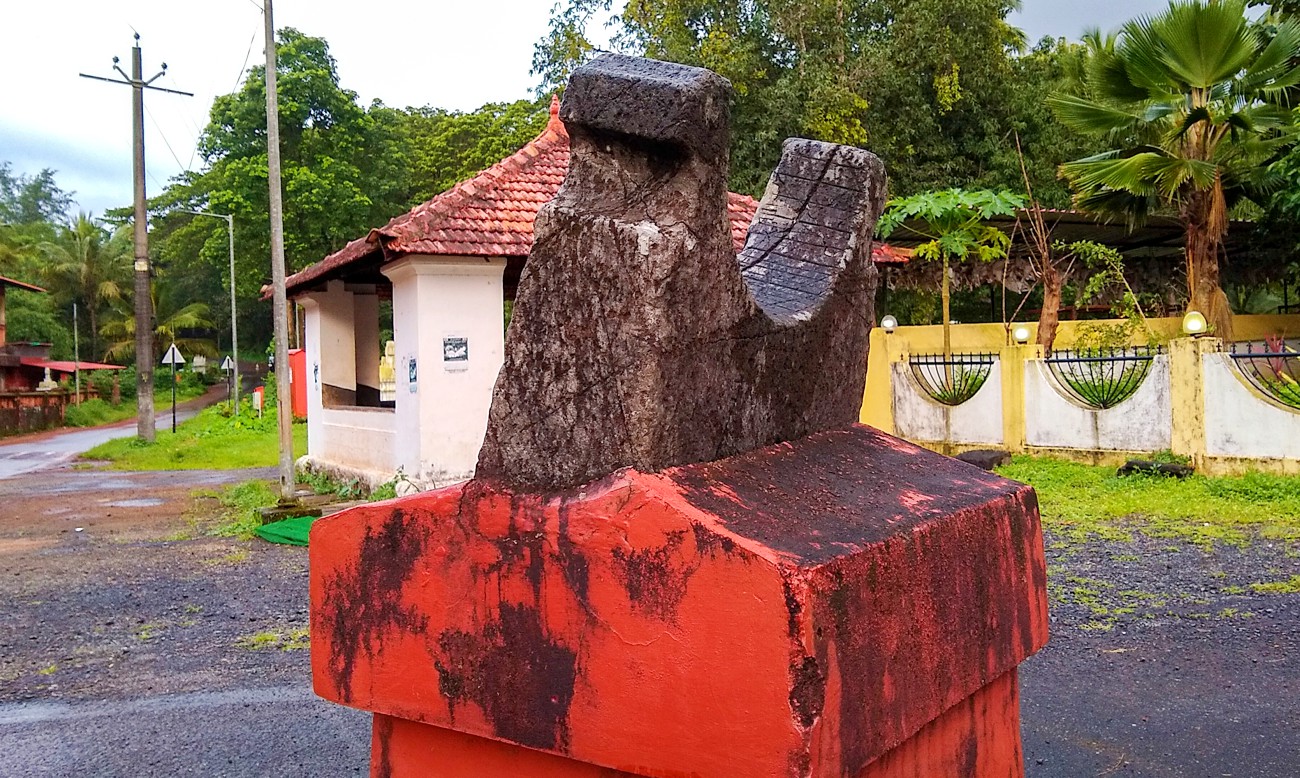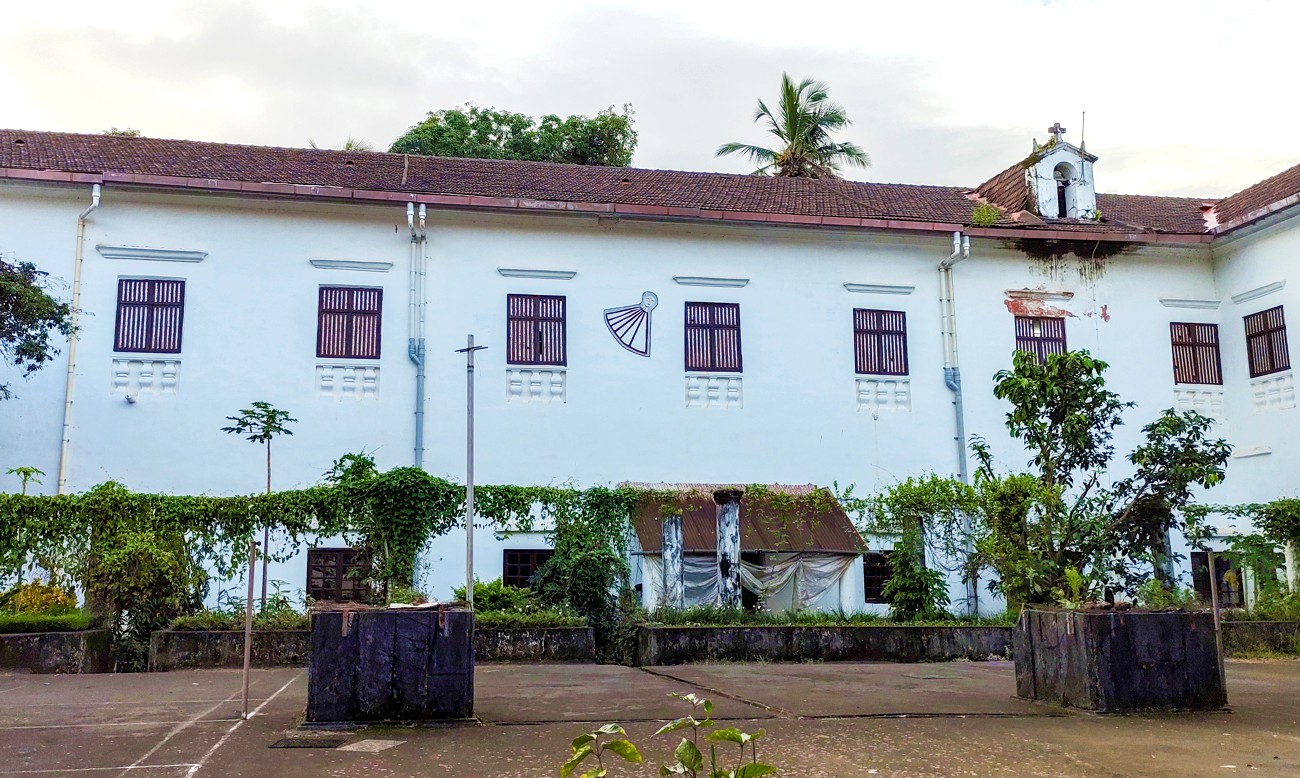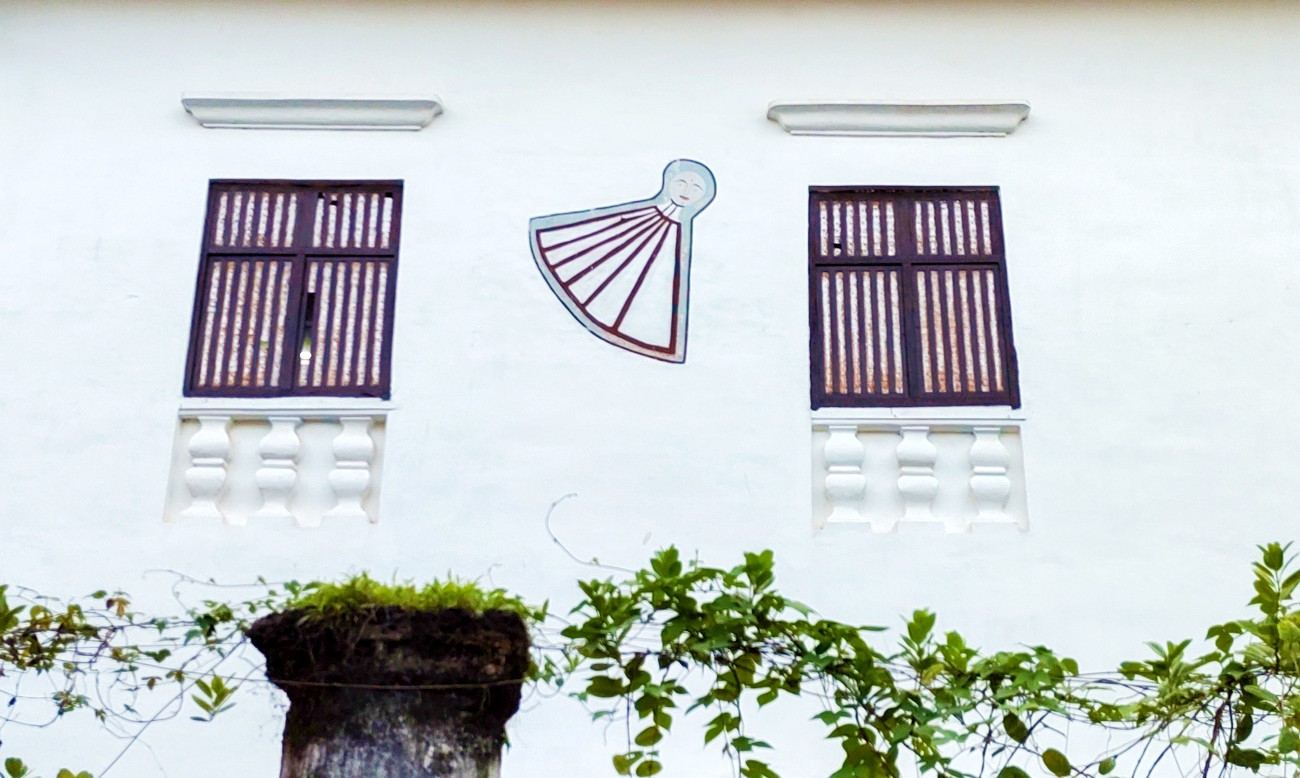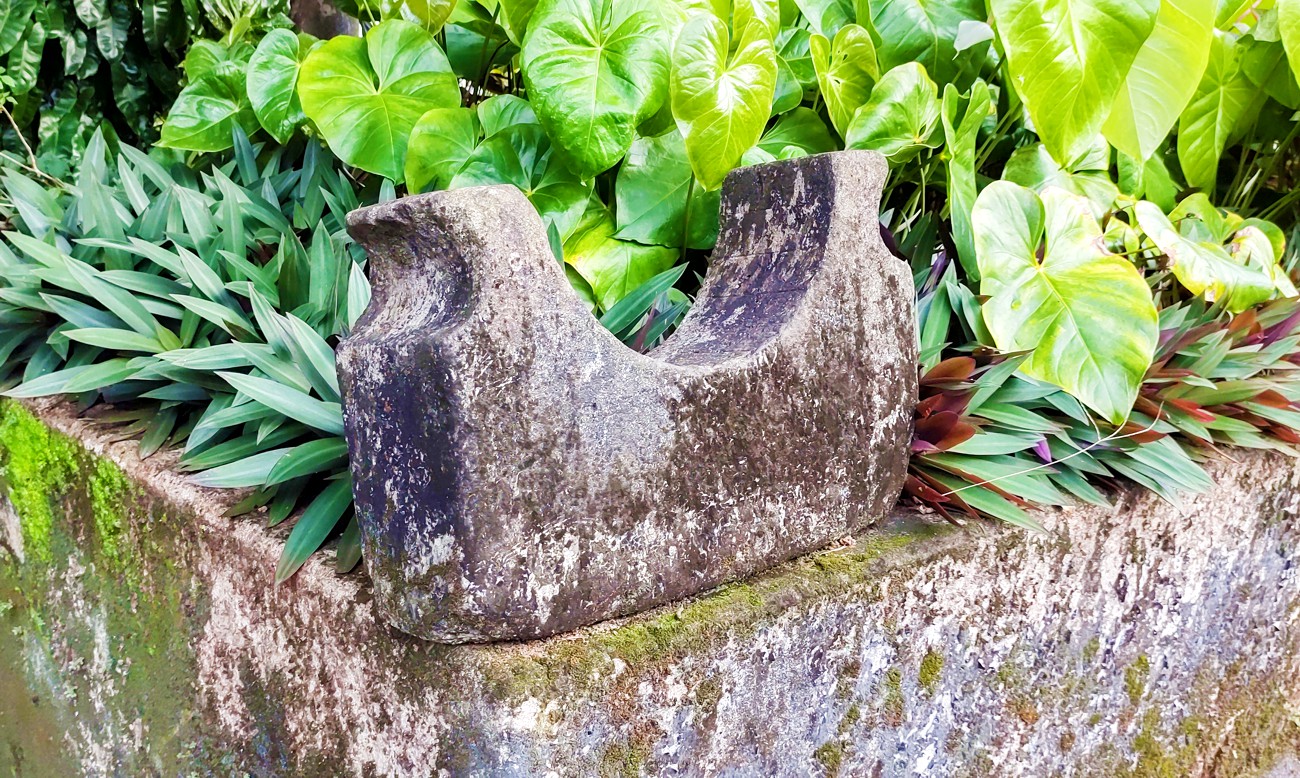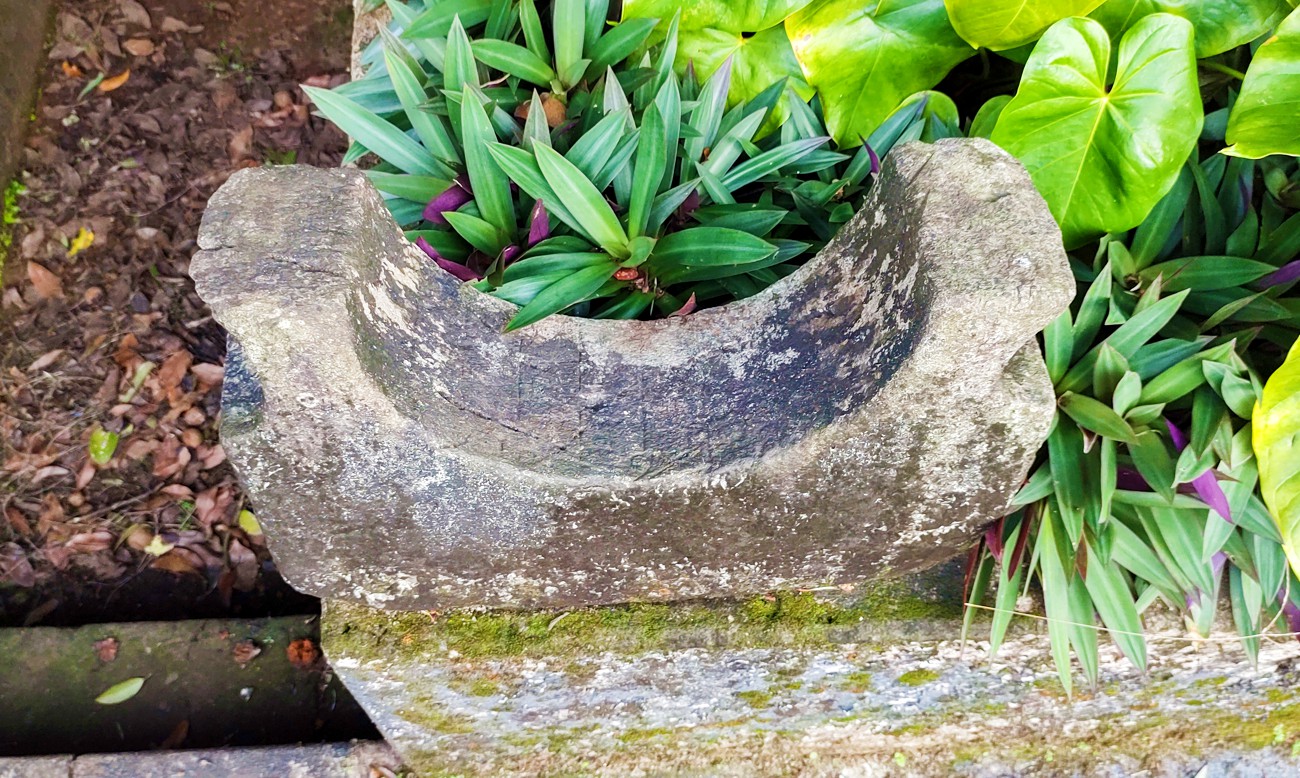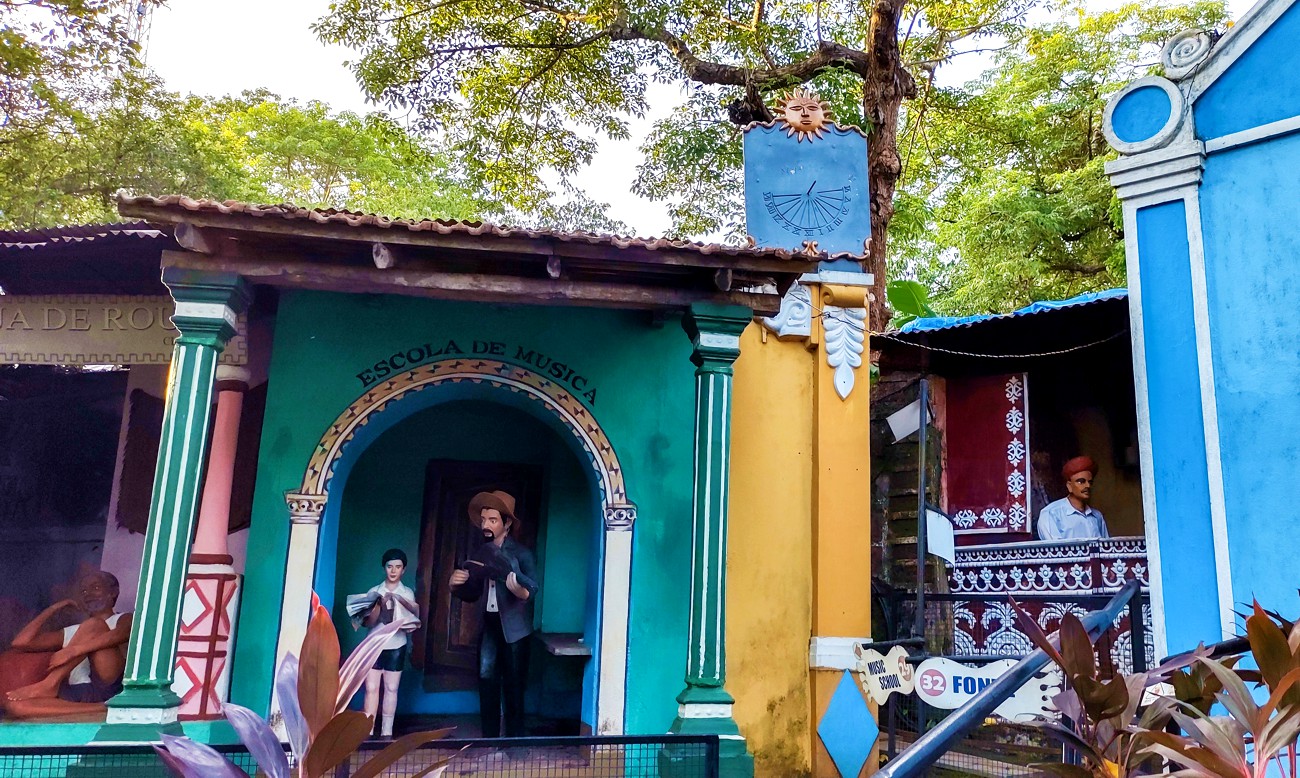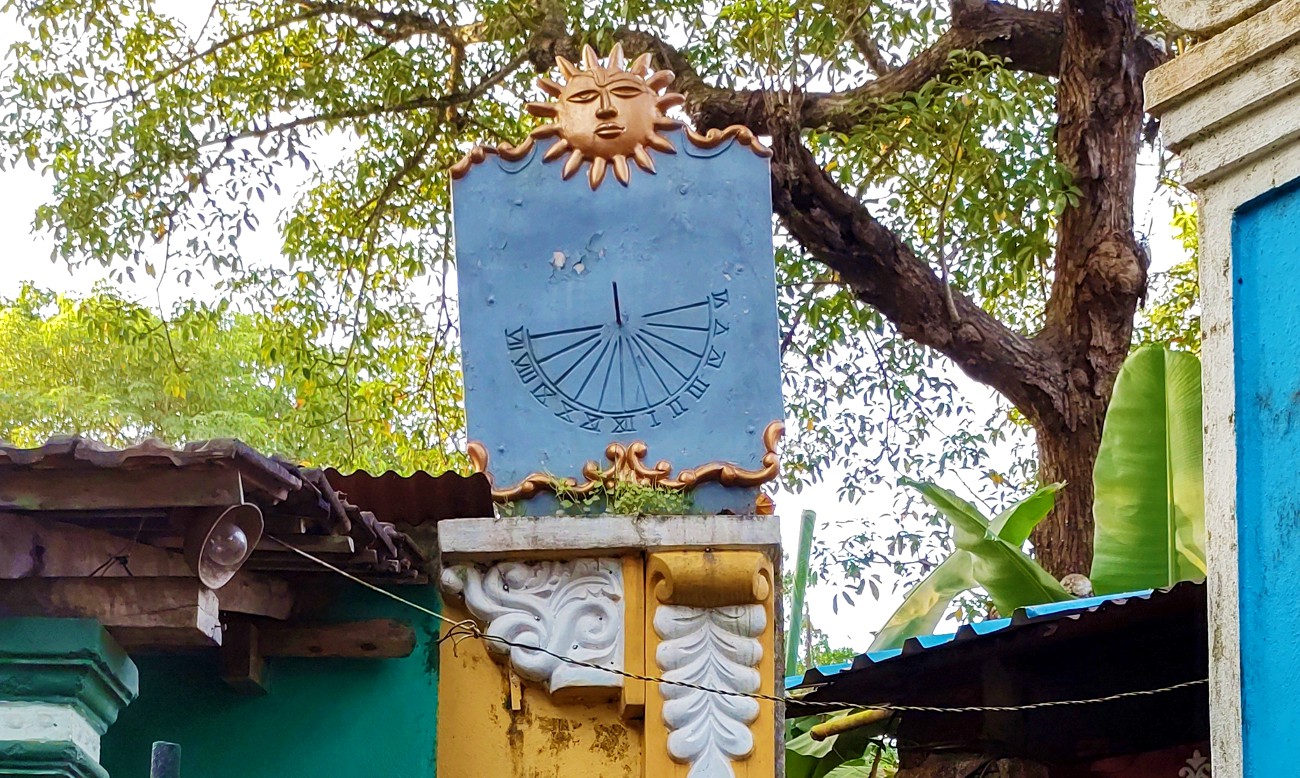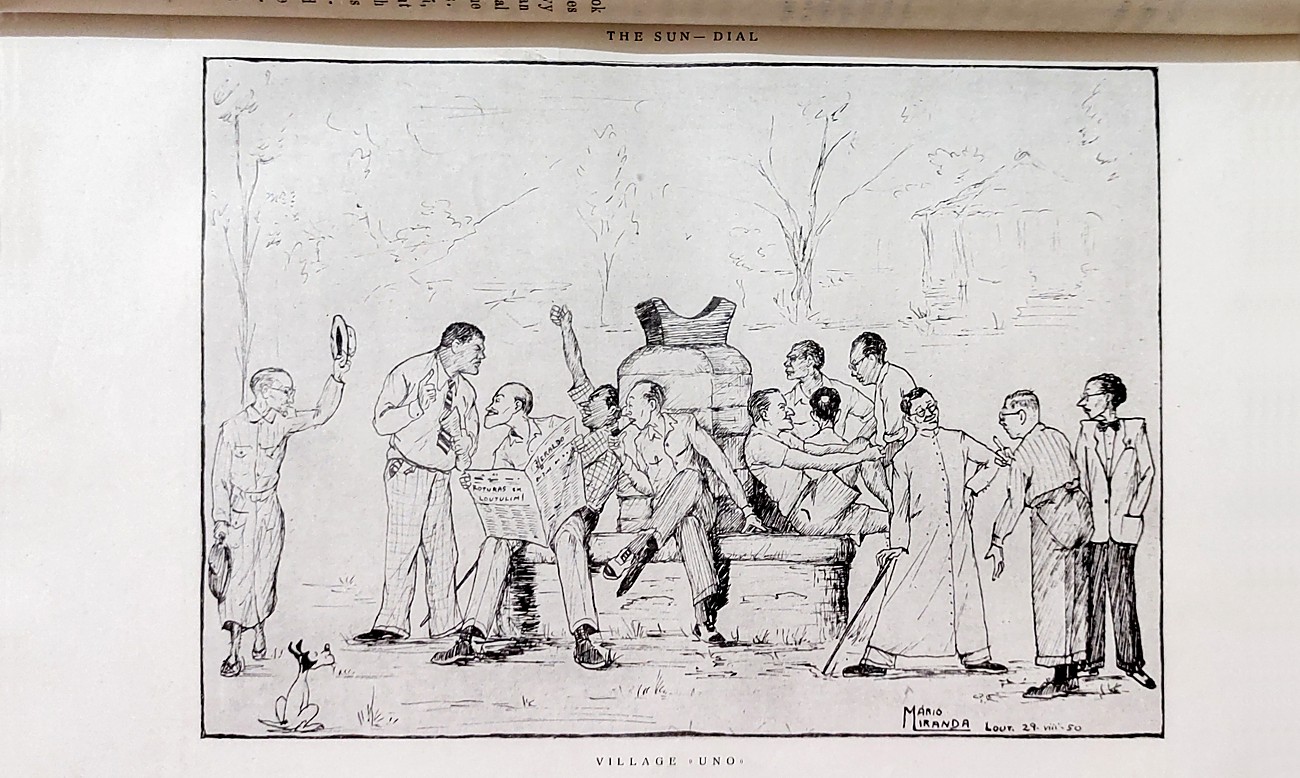Long before the arrival of the wrist watch, humans kept time by using the sundial, the first timekeeping device!
Early dials marked the passage of time, the recurring seasons and the apparent motion of the sun in the sky. All this is accomplished simply by tracing the length and angles of the dial’s shadows and employing mathematical projections of the celestial sphere.
The earliest household clocks known to humanity are the ‘shadow clocks’ of ancient Babylonian astronomy, which date back to 1500 BCE. The earliest surviving sundial from the same time period is an Egyptian instrument made of a flat stone with an L-shaped bar whose vertical limb casts a shadow across the markings on its horizontal limb.
The gnomon is the name given to the vertical limb. If that sounds like Greek to you, then you are absolutely right – it means “indicator”. Like so many things, it was the ancient Greeks who developed the principles and forms of the sundial. Of course, they are the founders of geometry! So it comes as no surprise that they took sundial innovation to new heights.
In 1724, the largest sundial in the world was built in Jaipur, India. It occupies nearly an acre of land and features a gnomon that stands more than 100 feet (30 metres) tall, similar to a two-story house.
In Goa, we too have sundials. Have you seen any of them?
Christians of various sects came to Goa to spread their religion and also for spices. They brought their time-keeping instruments with them, ensuring that church masses were held on time, seminarians attended their classes on time, rosaries were prayed on time, and the church bell became the focal point of village life.
The last bell signalled that it was time for the village to wind down. As people grew used to living their lives around the sound of the bell, they needed time keeping devices to schedule their meals, work and most importantly, their prayers.
Almost every church in Goa had some sort of timekeeping device based on the sun and stars; unfortunately, most of them have vanished over time. On my cycle rides, I’ve come across two stone sundials – at Verna and Loutolim. These astronomical monuments were installed over 400 years ago for the benefit of those who wanted to keep time.
In Verna, opposite the Holy Cross Church, the stone sundial is mounted on a circular cement pedestal in the parking lot. This instrument is oriented east-west – the direction of the sun’s daily ride. The sundial has 12 notches marked on the stone for the hours of the day and accurately displays the time for anyone who cares to stop by to see it.
Next to the Saviour of the World Church in Loutolim, is the other one. This sundial has two curved arms with shadows that fall on the etched markings on the stone to tell the time. This sundial was unfortunately vandalized and broken by morons a few years ago, but was then painstakingly restored by Maendra Jocelino Alvares.
Mario Miranda in one of his sketches published in the souvenir of The Loutulenses League in 1950, depicts the local society of learned elders gathered around this sundial to converse and exchange pleasantries.
I have also seen stone sundials at the Rachol Seminary and the Se Cathedral in Old Goa. The Seminary has a wall sundial too, and Maendra Alvares has created one at “Ancestral Goa” in Loutolim.
Next time you pass through these villages, make a point of reading the time that these sundials show. It’s a lot more exciting than just looking at your wrist!
*click on the images to enlarge

